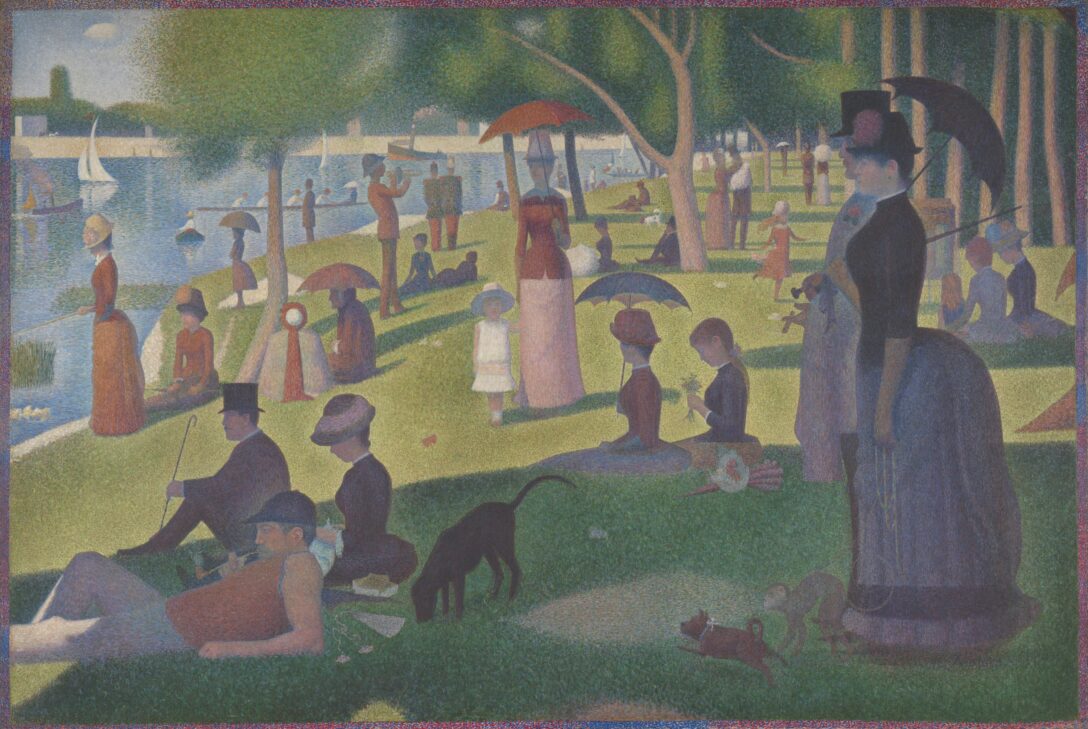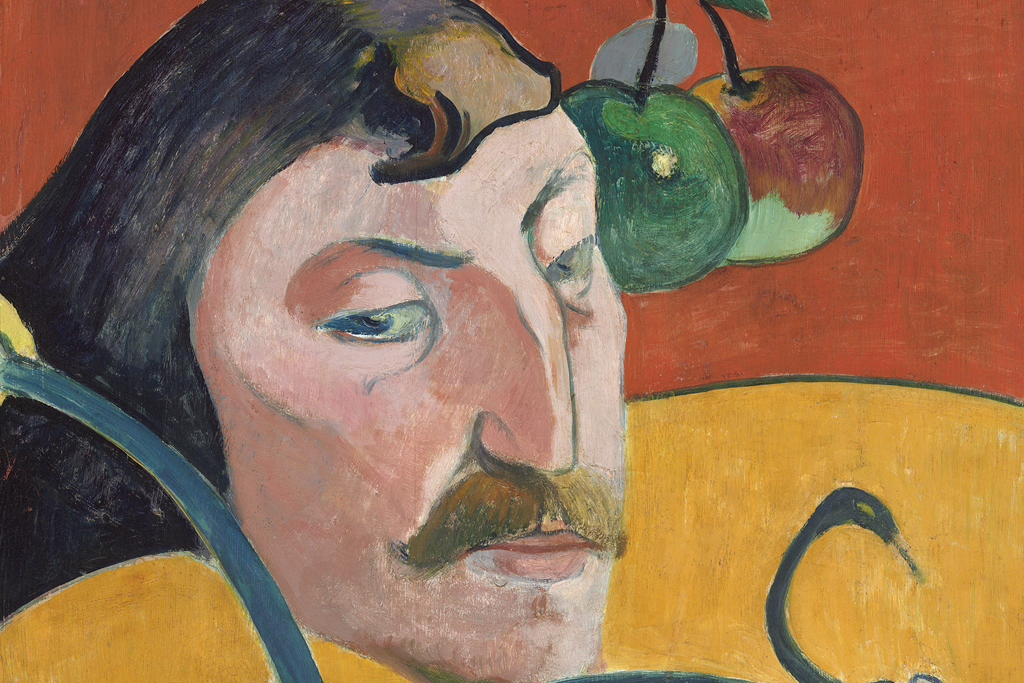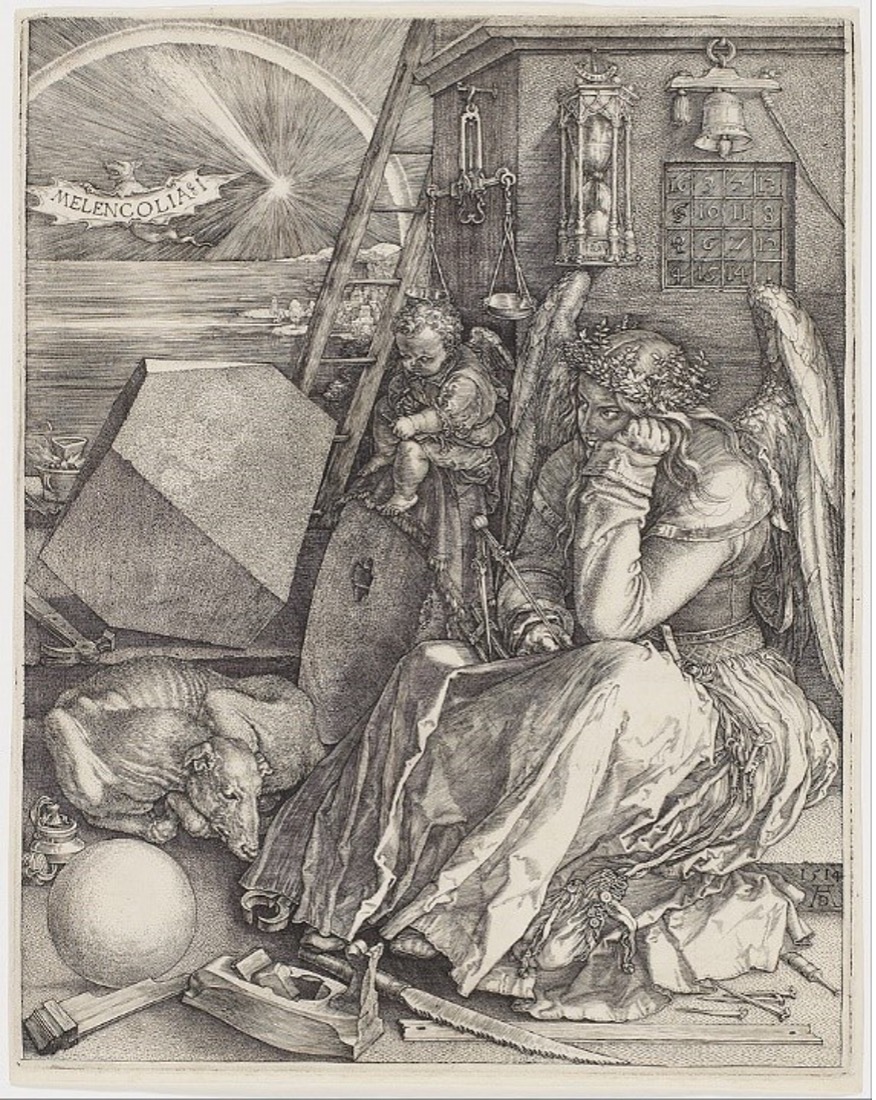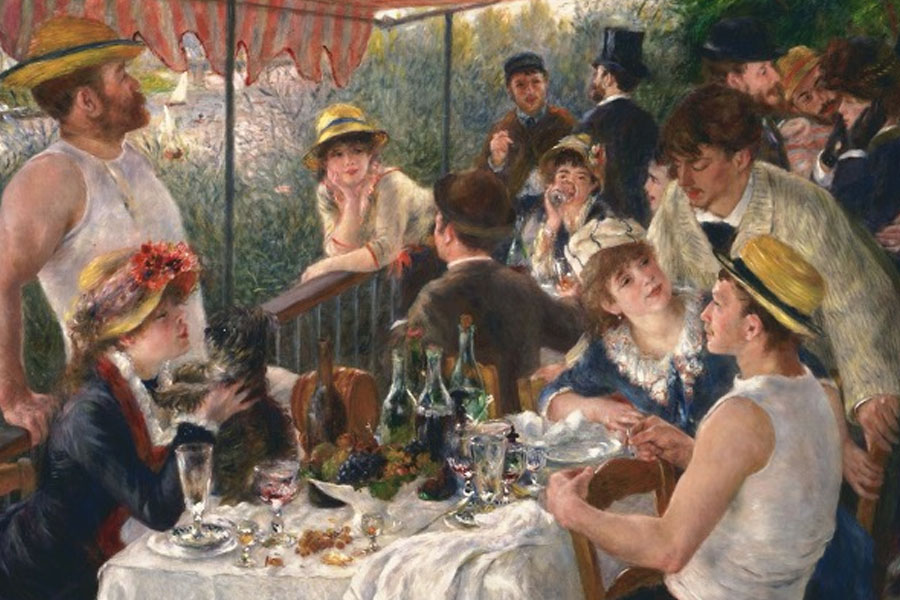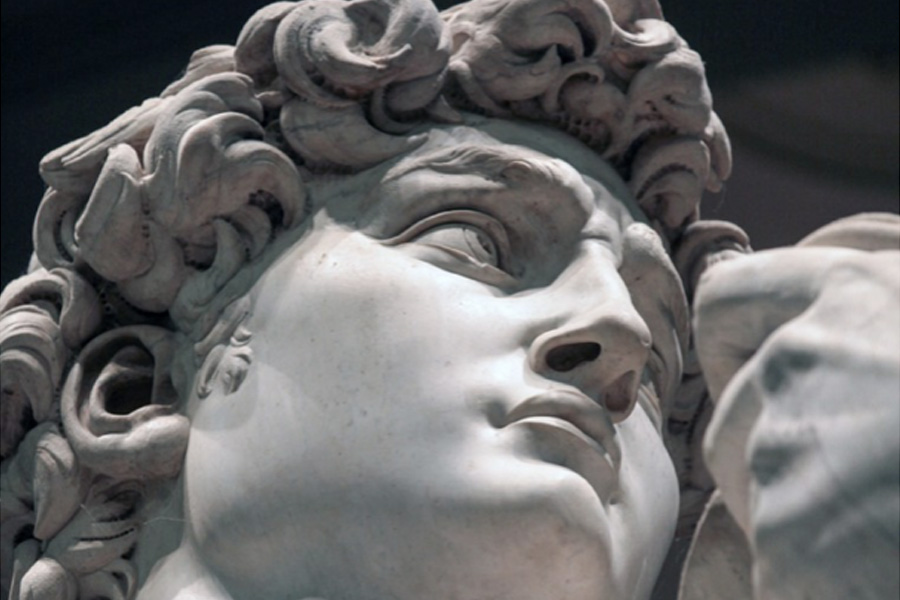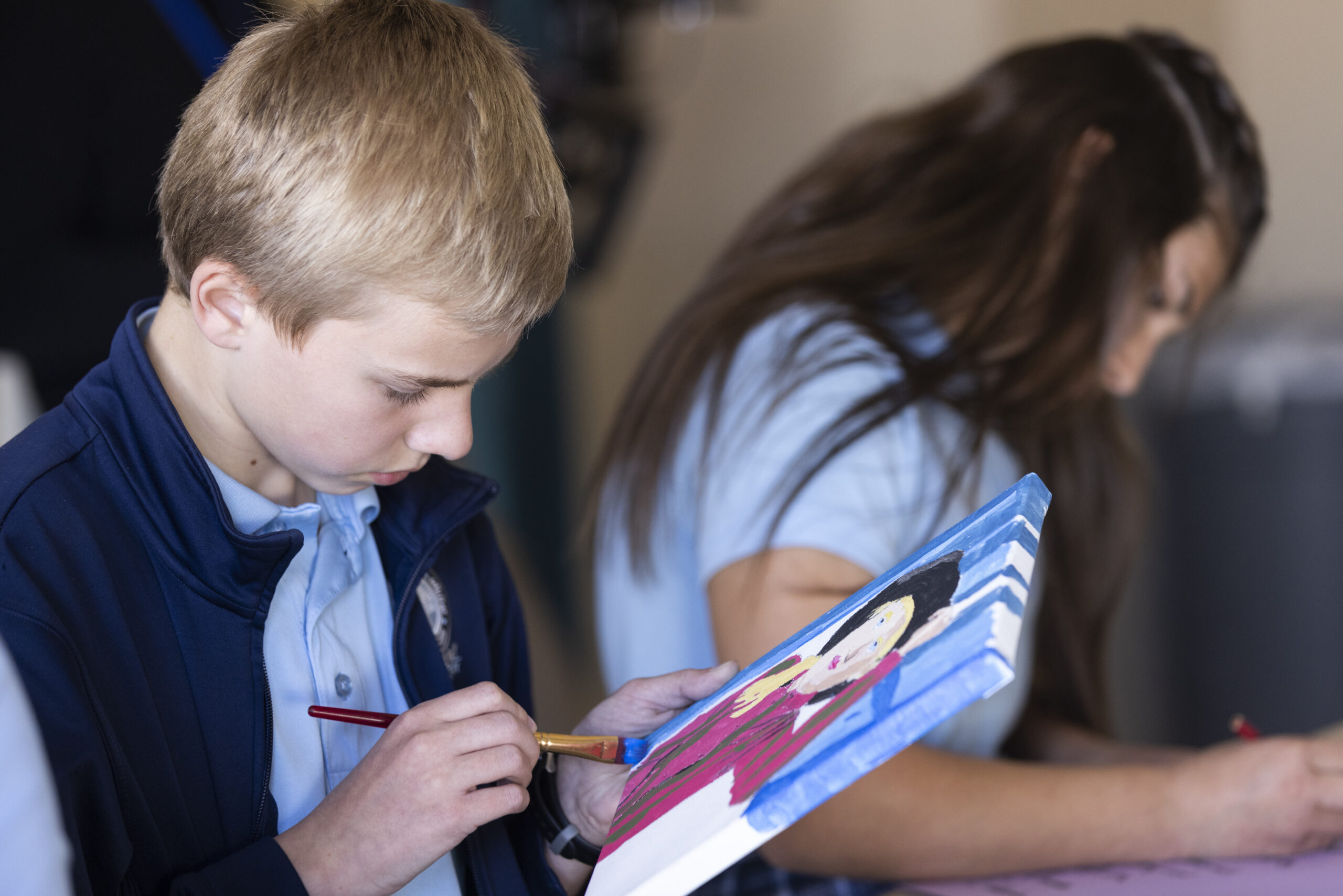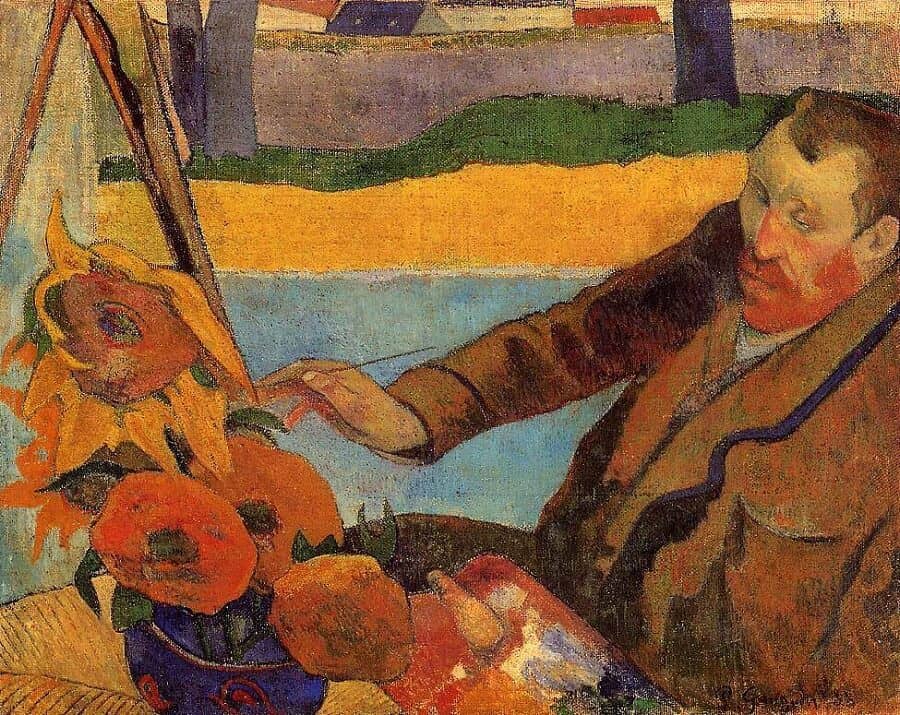
When I talk to teachers or parents about our rich art curriculum and displays of student artwork, I often hear, “I wish I had that opportunity. I could never do something like that. I’m just not artistic.” Being an artist is an undeniably vulnerable task that requires truthfulness of expression and, as artist Henri Matisse proposes, takes courage. Each person has the ability to be an artist and as Pablo Picasso once said, “every child is an artist.”…

